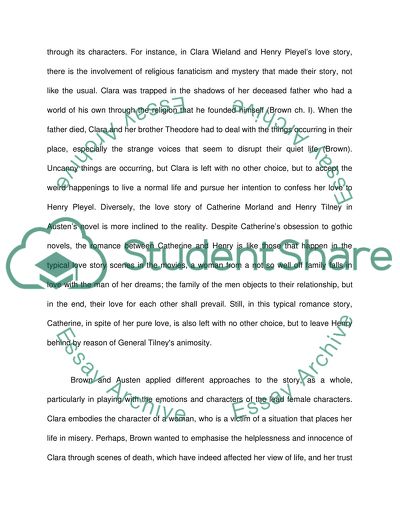Cite this document
(“The Similarities and Differences of the Female Characters Essay”, n.d.)
Retrieved from https://studentshare.org/literature/1461736-the-similarities-and-differences-of-the-female-characters
Retrieved from https://studentshare.org/literature/1461736-the-similarities-and-differences-of-the-female-characters
(The Similarities and Differences of the Female Characters Essay)
https://studentshare.org/literature/1461736-the-similarities-and-differences-of-the-female-characters.
https://studentshare.org/literature/1461736-the-similarities-and-differences-of-the-female-characters.
“The Similarities and Differences of the Female Characters Essay”, n.d. https://studentshare.org/literature/1461736-the-similarities-and-differences-of-the-female-characters.


